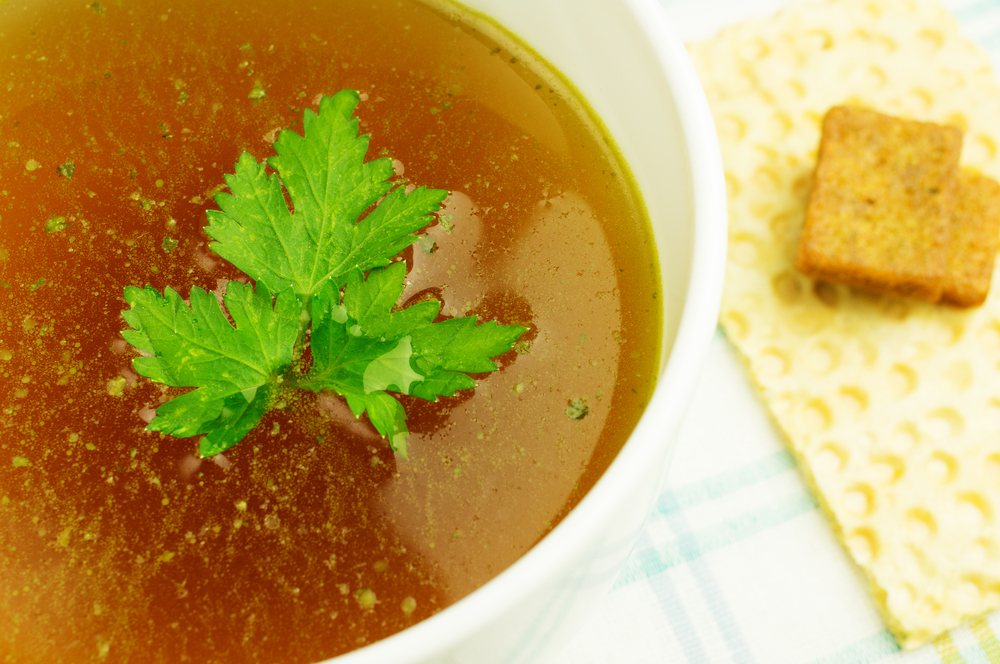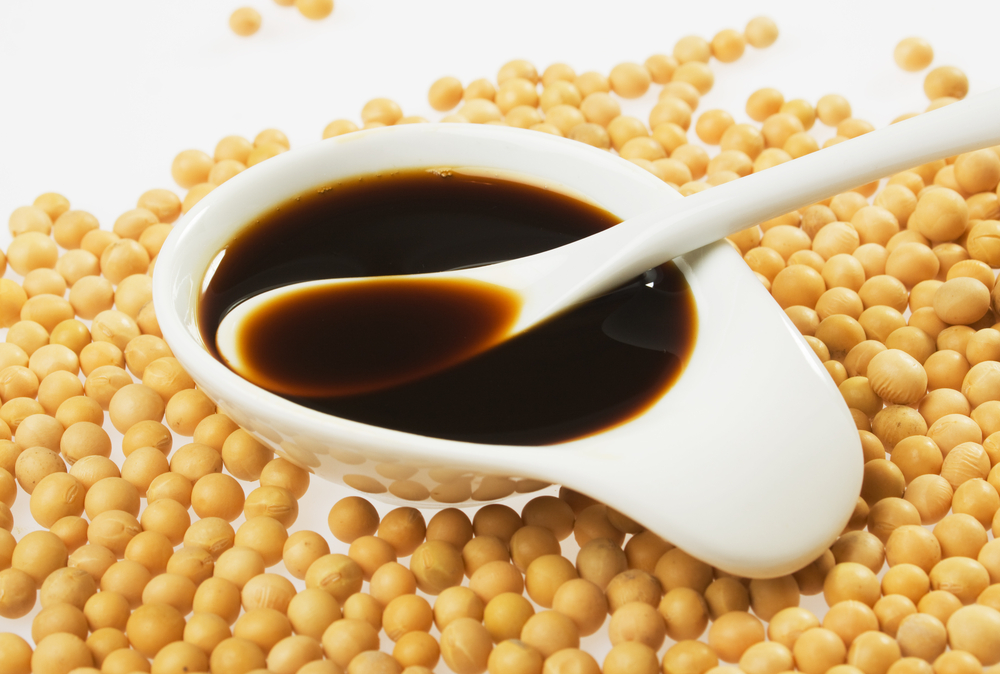Vegetable stock is an easy ingredient for a quick, delicious boost of flavor for almost any dish. However, there may be times when you’re searching for an alternative, even if you just want to try something new.
The best substitutes for vegetable stock, both vegetarian and non-vegetarian, include homemade vegetable stock powder, chicken or beef stock, mushroom stock, soy sauce, wine, or water.
You can also make your own vegetable stock using vegetables you have on hand – read on for how to do so!
1. Vegetable Bouillon & Homemade Vegetable Stock Powder
While you can easily stock up on vegetable bouillon cubes or powder at your local grocery store, you can make delicious and powerfully flavorful vegetable stock at home using a number of pantry ingredients you have on hand.
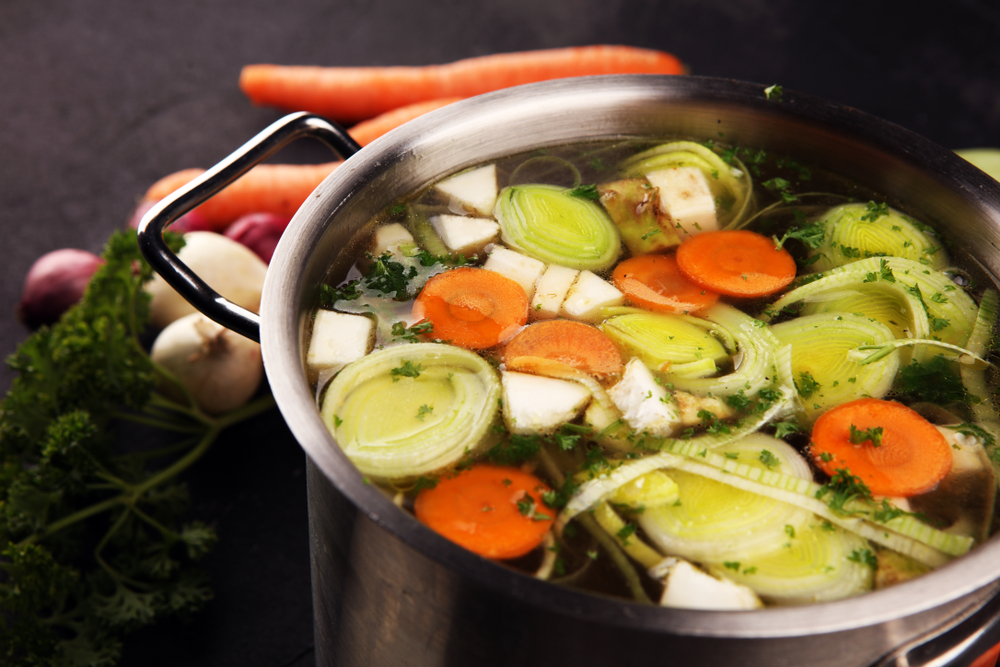
If you decide to use bouillon, 1 cup of vegetable stock = 1 bouillon cube (or 1 teaspoon of powder in hot water)
Make sure you dissolve your bouillon cube or powder in boiling water before you add it to your dish in place of vegetable stock! If you add it straight to whatever it is you’re cooking you won’t get the most flavor.
Homemade Vegetable Stock Powder
This substitute for vegetable stock is easy to make, and stores in your pantry for months! The best part about this recipe is that it’s concentrated, so no extra water is needed in order to unlock the flavor.
To make it, you’ll just need a few key pantry ingredients and a food processor to make a fine powder. This recipe will make about ¼ cup of powder. You’ll probably use no more than 1 teaspoon of powder each time you use it.
Ingredients
- 2 tablespoon salt
- 1 teaspoon garlic powder
- 1 teaspoon onion powder
- 2 teaspoon dried parsley
- 1 teaspoon dried thyme
- ½ teaspoon celery seed
- ½ teaspoon black pepper
- 1 bay leaf per use (store with one bay leaf for aroma)
To make stock: add 1 cup of water and ½ teaspoon soy sauce (or substitute) to ½ teaspoon of powder.
No products found.
2. Mushroom stock
Mushroom stock makes for a wonderfully aromatic and rich vegetable stock alternative.
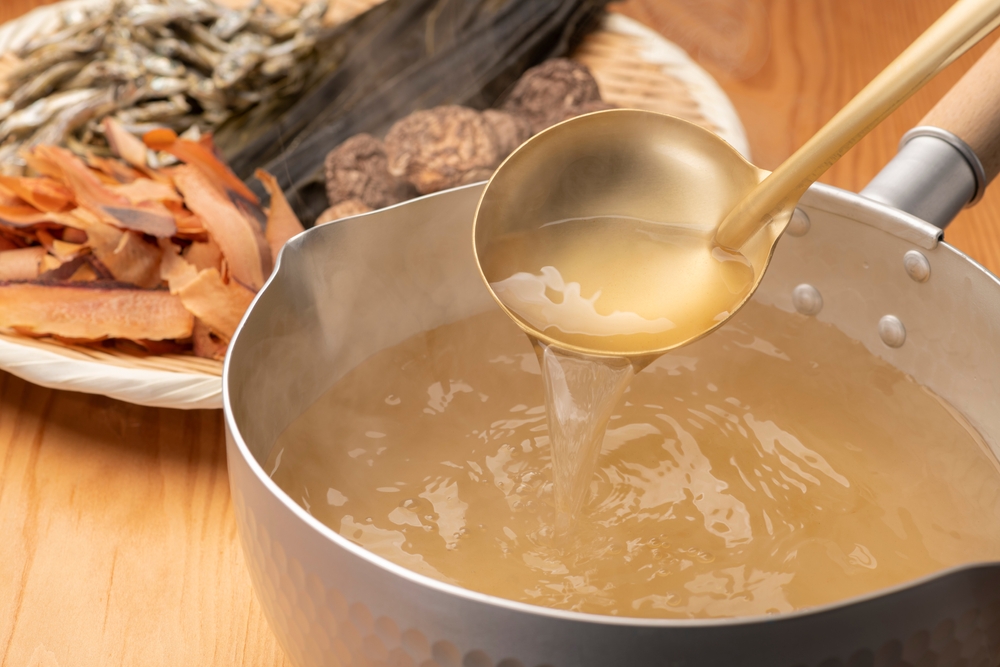
Mushroom stock is readily available at most grocery stores, and you can easily make your own. Mixing the types of mushrooms used will give you a stock with more dimension, too.
You don’t need a lot of mushrooms to make a satisfying stock –just use a handful! You can use any combination of the following mushrooms to make a great mushroom stock:
- Shiitake
- Chanterelle
- Button
- Oyster
- Boletus
Definitely caramelize the mushrooms before cooking them into stock. This will give your vegetable stock replacement an even richer and deeper taste.
Once you make your mushroom stock you can substitute it 1:1 for your vegetable stock.
3. Chicken or Beef stock
Quite possibly the easiest and simplest of substitutes for vegetable stock, you can find chicken and beef stock at your local grocery store and you can also make your own.
Unless you follow a vegan or vegetarian diet, chicken or beef stock is a perfect substitute for vegetable stock.
Keep in mind that the taste will be slightly different if you substitute chicken or beef stock for vegetable stock. Meat-based stocks and broth contain animal gelatin, giving them a rich flavor. Vegetable stocks are more neutral.
If you don’t want the chicken or beef flavor to overpower what would have been a more neutral dish, you can also cut your substitute stock with a bit of water to even out the taste.
4. Soy Sauce
Soy sauce has a salty umami flavor that makes it a great substitute for any stock, and especially vegetable stock.
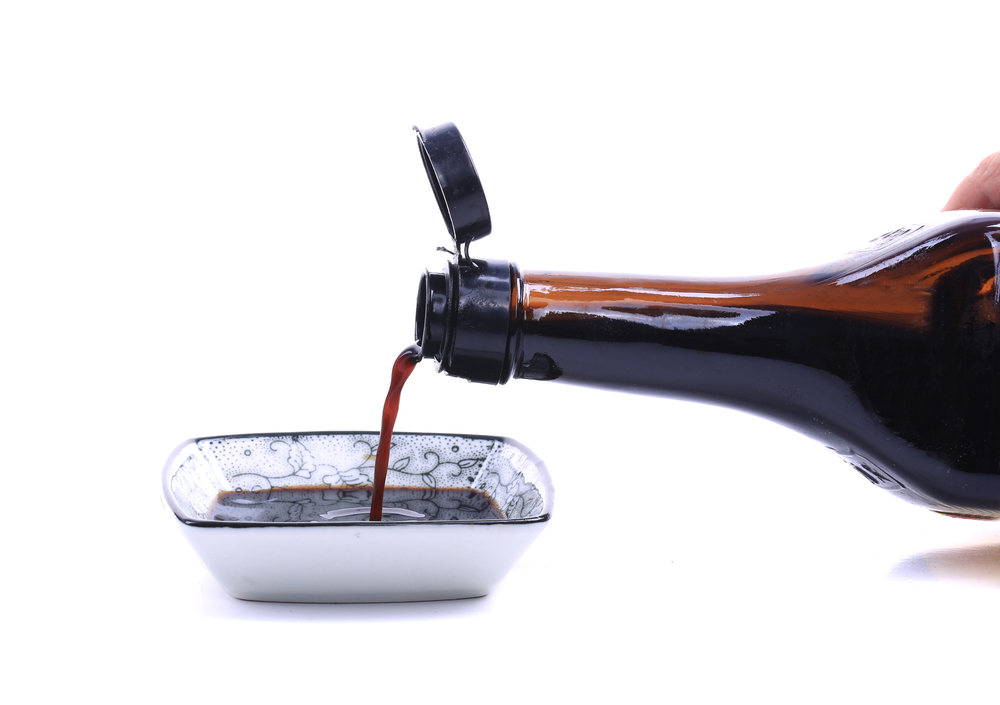
Soy sauce or a comparable substitute should be mixed with water to make a comparable vegetable stock substitute. If you don’t use enough water it will just end up being salty and ruin your dish.
You should also allow the soy sauce and water combination to simmer for quite some time with your other ingredients. This will allow all of your flavors to meld together.
Given its high salt content, you should adjust an additional salt called for in your recipe should you use soy sauce as a substitute for vegetable stock.
1 cup of vegetable stock = 1 cup of water + 1 tablespoon of soy sauce.
No products found.
5. Wine
White wine can be a rich substitute for vegetable stock given its depth of flavor and versatility in dishes. Dry white wine, such as Pinot Grigio, Pinot Gris, Sauvignon Blanc, or Pinot Blanc are all good options, as they provide a light flavor without overpowering the other ingredients.
If you’re making a richer or meat-based dish, you can substitute red wine for vegetable stock instead.
Make sure that when you’re using wine in any recipe you cook it down so that the alcohol cooks off.
You don’t want to only use wine as a substitute for vegetable stock – you should also add water to make sure the taste doesn’t overpower your dish.
1 cup of vegetable stock = ¼ to ½ cup wine + ¾ or ½ cup water.
No products found.
6. Water
If you don’t have any of these on hand or are just in a pinch, water is the handiest substitute for vegetable stock. It’s easy, it’s just not as flavorful.
You can mitigate the lack of flavor by adding seasoning to your water or increasing the amount of seasoning already in the recipe.
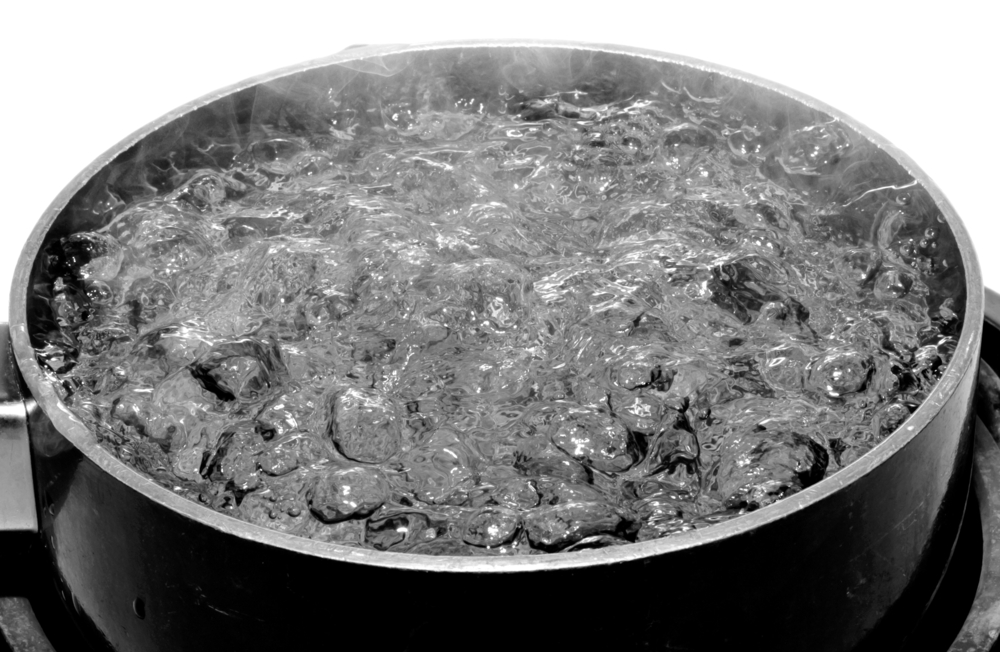
1 tablespoon of seasoning mix to 1 cup of water will add enough flavor for a delicious base. If your recipe calls for additional water, you may want to increase the seasoning to 2 tablespoons to prevent your dish from tasting extra watery.
Great seasonings can include thyme, oregano, tarragon, rosemary, and basil, all dried, along with onion and garlic powder. For a richer flavor, add cumin.
1 cup of vegetable stock = 1 cup of water (with spices).
7. Making Your Own Vegetable Stock
The purpose of any stock is to add flavor to your recipe — a concentrated flavoring agent. If you don’t have any vegetable stock on hand, but you do have a bunch of vegetables that you may need to use up, here’s a quick and easy way to make your own vegetable stock.
Any assortment of vegetables will do, and garlic and onions are both excellent (if not necessary) additions to a vegetable stock.
The most common vegetables to use are:
- Celery
- Carrots
- Onions
- Garlic
- Tomatoes (these are easily omitted if you want to make a clear stock)
- Mushrooms
- Adding in a couple of aromatic herbs never hurt, either:
- Bay leaves
- Dried thyme
- Peppercorns or freshly ground black pepper
- Salt (to taste, depending on whether or not you’re making a dish with added salt)
Step 1: Fill a large pot with water. You’ll need the amount of stock you’ll need, plus 1 cup. Place it on the stove over medium-high heat.
Step 2: Add the vegetables and herbs you want to the stock. You want to add a little more than you would when making a chicken or beef stock, as there won’t be any added meat flavor.
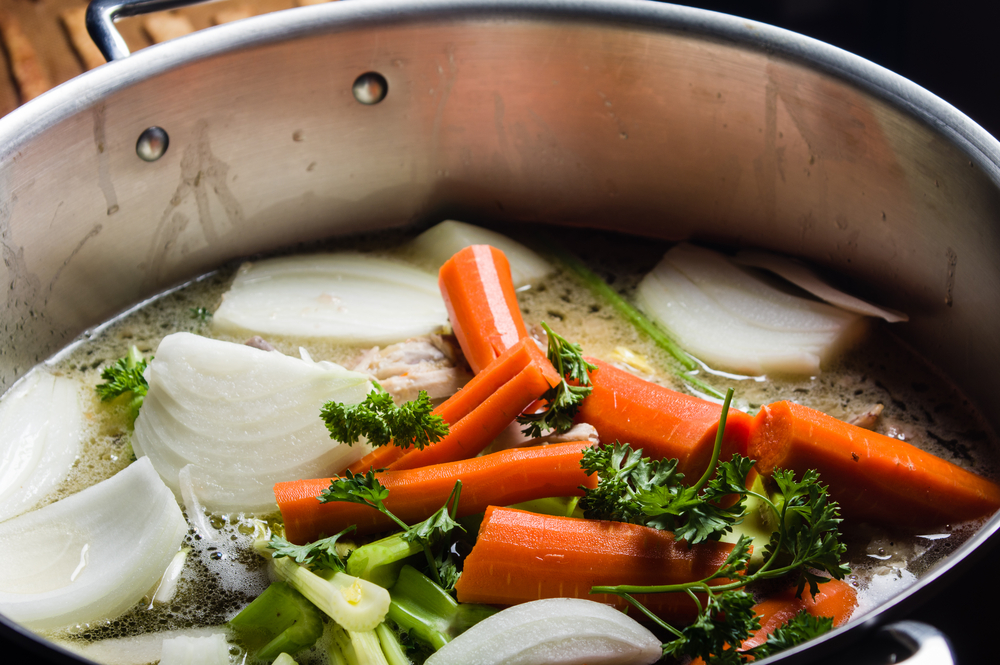
If you had 9 cups of water, you might want the following measurements:
- 1 tablespoon thyme, peppercorns
- 2-3 bay leaves
- 2-3 cloves smashed garlic
- 1-2 onions, quartered
The other vegetables you can add according to how much flavor you might want.
Step 3: Cover your pot loosely with a lid and bring water and vegetables to a boil. When it reaches a boil, remove the lid and lower your heat to a simmer.
Step 4: Simmer your stock for at least 10 minutes — the longer it simmers, the more flavor you get. You could even go an hour or two! Taste test every so often and add any spices or flavor to taste.
For an extra flavor boost, consider adding a little soy sauce at the end of your simmer.
You can use this stock immediately if you’re making a soup. If not, store in an airtight container in your fridge for up to a week, or freeze for up to 2-3 months.
Final Thoughts
So there you have it! At least six different vegetable alternatives, and two recipes to make your own vegetable stock powder, or regular stock. You should be all set for substitutes for vegetable stocks. Happy eating!




